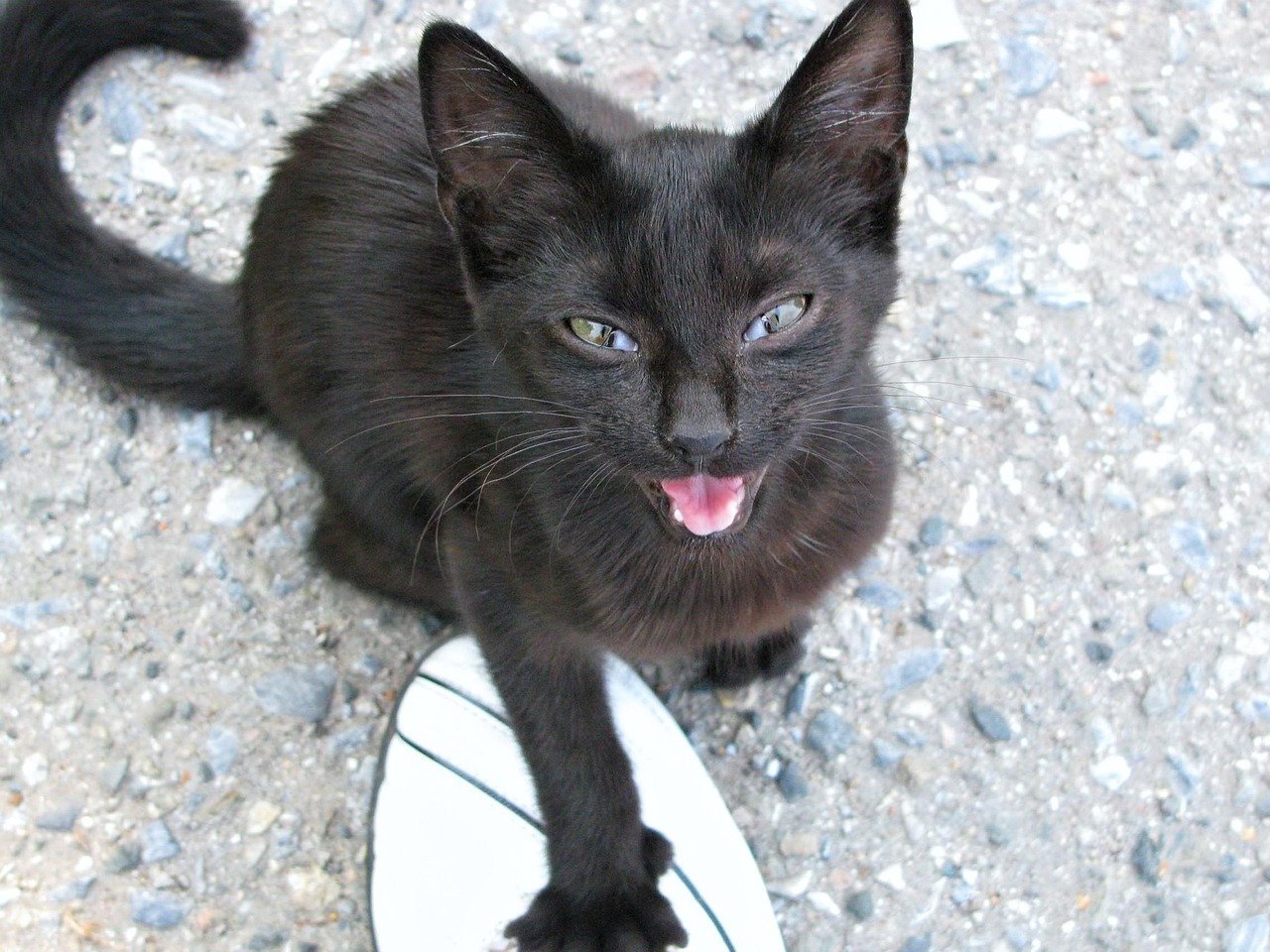Cats are fascinating creatures, known for their independent yet affectionate nature. However, behind those mesmerizing eyes and adorable purrs lie behaviors that can sometimes be puzzling. While some quirks are harmless, others can be indicators of underlying issues. As a cat owner, it’s crucial to understand what your feline friend is trying to communicate. Here are ten cat behaviors you should never ignore.
1. Sudden Aggression
If your usually calm cat suddenly turns aggressive, it’s worth taking note. Cats might lash out due to pain, fear, or territorial disputes. Imagine a peaceful day suddenly interrupted by a loud noise; your natural reaction might be defensive. Similarly, a cat might perceive a threat and respond with aggression. It’s essential to observe the circumstances leading to such behavior and consult a vet if it persists.
2. Excessive Meowing

Cats aren’t typically vocal without reason. Excessive meowing can be their way of signaling distress, hunger, or even illness. Picture being in a room with someone constantly talking; eventually, you’d sense something’s amiss. A cat’s persistent meowing is much the same. It’s their way of grabbing your attention, so it’s crucial to decode the underlying message.
3. Avoiding the Litter Box
When your cat starts avoiding the litter box, it’s more than just a minor inconvenience. This behavior can indicate health problems like urinary tract infections or stress-related issues. Think of it as a human experiencing discomfort using the restroom and opting for alternatives. Addressing this promptly can save your cat from unnecessary pain and maintain household harmony.
4. Excessive Grooming
While grooming is a natural behavior for cats, excessive grooming can lead to bald spots and skin irritation. It’s akin to someone biting their nails under stress. This behavior might suggest allergies, anxiety, or skin conditions. Observing the frequency and areas your cat focuses on will help in determining the cause and seeking appropriate treatment.
5. Changes in Appetite
A cat’s sudden change in eating habits can be a red flag. Whether they’re eating more or less, it might signal digestive issues, dental problems, or even stress. Imagine losing your appetite due to a stomach ache or indulging in comfort food when stressed. Cats can have similar responses, and it’s vital to monitor and address these changes.
6. Hiding More Than Usual
Cats love their private spaces, but excessive hiding can indicate fear or illness. It’s like a person retreating to their room when overwhelmed. If your cat is suddenly elusive, it might be feeling threatened or unwell. Understanding the triggers and ensuring a safe environment can help coax them out of their hiding spots.
7. Lethargy
While cats are known for their love of naps, excessive lethargy shouldn’t be overlooked. It’s comparable to someone feeling unusually tired and lacking energy. This behavior might hint at health issues like anemia or infections. Observing your cat’s activity levels and consulting a vet can prevent potential health complications.
8. Unexplained Weight Loss
Weight loss in cats without a change in diet or exercise can be concerning. It might suggest underlying health problems such as hyperthyroidism or diabetes. Think of it as someone losing weight rapidly without trying, which often signals a health concern. Regular check-ups and monitoring can help in early diagnosis and treatment.
9. Unusual Vocalizations
Cats have a range of vocalizations, each with its own meaning. Unusual sounds, especially if they’ve never been heard before, can indicate distress or discomfort. It’s like hearing a friend speak in a different tone when they’re upset. Paying attention to the context and frequency of these sounds can help in understanding and addressing the issue.
10. Changes in Sleeping Patterns
Cats are creatures of habit, and any significant change in their sleeping pattern can be a sign of distress. It’s akin to someone having insomnia or sleeping too much due to stress or health issues. Whether they’re sleeping more or less, it’s essential to determine the cause and ensure your cat’s well-being.
Understanding these behaviors can deepen the bond with your feline friend and ensure they’re happy and healthy. By paying attention to these subtle signals, you can address potential issues before they escalate, ensuring a harmonious coexistence with your beloved pet.

Linnea is a born and bred Swede but spends as much time as possible in Cape Town, South Africa. This is mainly due to Cape Town’s extraordinary scenery, wildlife, and atmosphere (in other words, because Cape Town is heaven on earth.) That being said, Sweden’s majestic forests forever hold a special place in her heart. Linnea spends as much time as she can close to the ocean collecting sea shells or in the park admiring puppies.






